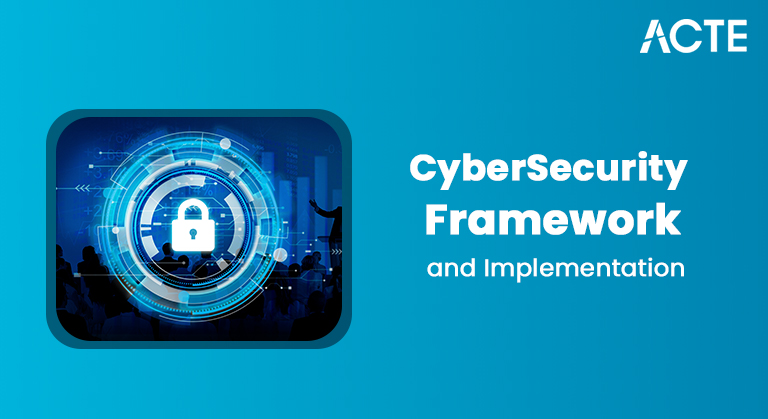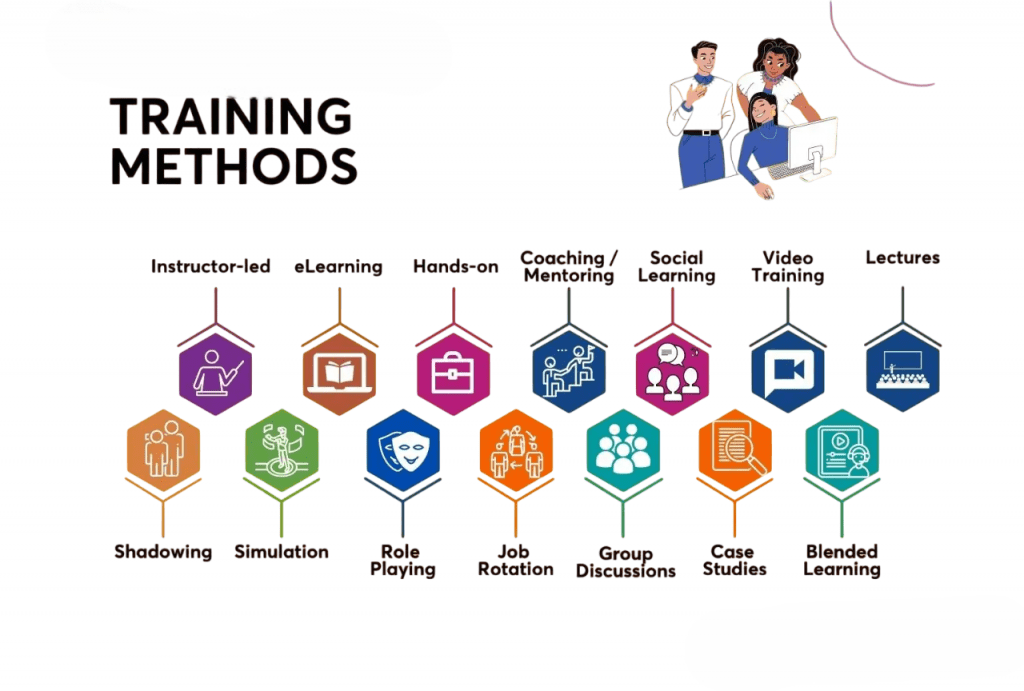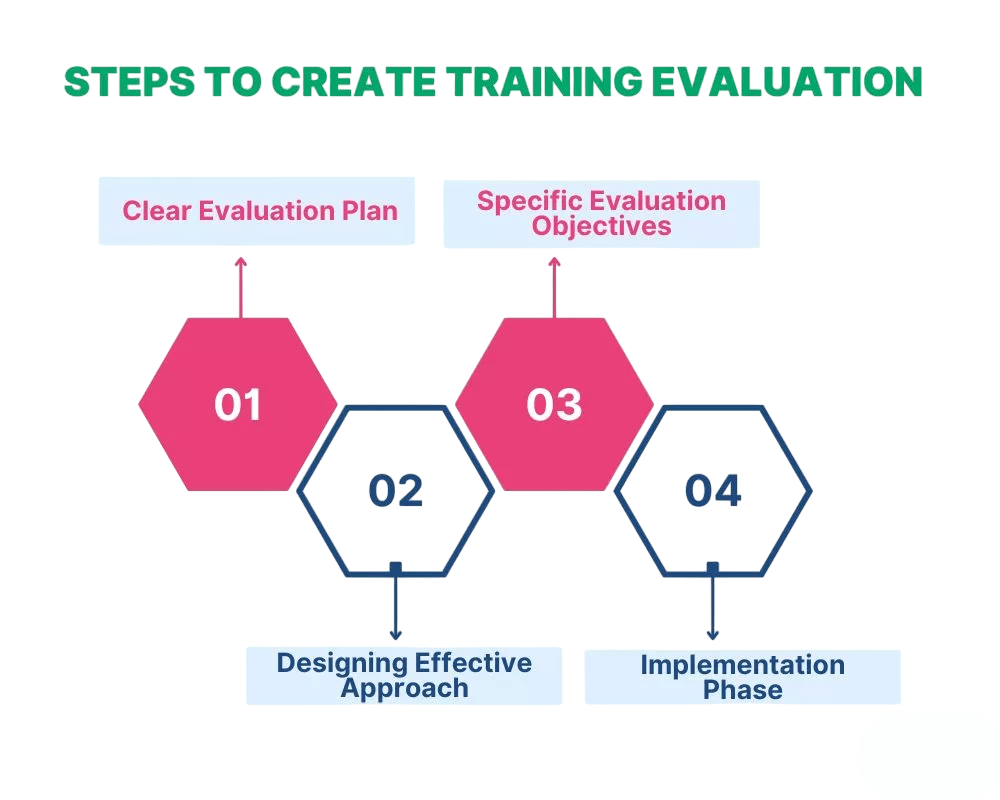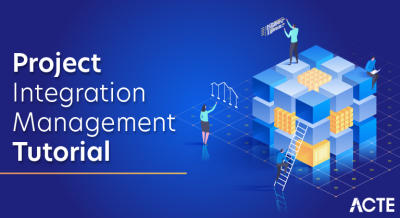
- Introduction
- Training Needs Assessment
- Designing the Program
- Setting Objectives
- Training Methods
- Delivery of Training
- Monitoring Progress
- Evaluation of Training
- Feedback Mechanism
- On-the-Job Training
- E-learning in Training
- Conclusion
Introduction
In a constantly evolving business environment, employee training and development have become essential pillars for organizational success. With rapid technological advancements, globalization, and competition, companies can no longer rely solely on prior knowledge and experience. Instead, continuous learning is vital to staying competitive. Training is not just about teaching new hires how to do their jobs; it’s a strategic investment to enhance employee performance, increase productivity, and improve job satisfaction. Training process improvement and development programs equip employees with the necessary skills and knowledge to meet the dynamic demands of their roles. From onboarding to leadership training, these programs help bridge skill gaps, promote growth, and align workforce capabilities with organizational objectives. Moreover, an organization that prioritizes training sends a clear message that it values employee growth, fostering a culture of continuous improvement and loyalty.
To Explore PMP in Depth, Check Out Our Comprehensive PMP Certification Training To Gain Insights From Our Experts!
Training Needs Assessment
A good training needs assessment (TNA) is crucial for making sure training efforts are focused and effective. It helps find the gap between current performance and desired outcomes, and it checks if training is the right way to close that gap. A thorough TNA has three key parts. Organizational analysis looks at overall business goals and finds out how training can support strategic objectives. Task analysis examines specific job roles and responsibilities to identify the skills and knowledge needed for peak performance. Person analysis identifies which employees need training and what type of training they need. Common training process improvement methods used in a TNA include surveys, interviews, performance reviews, and direct observation. Without this organized approach, organizations risk wasting resources on training that doesn’t meet real needs. This can lead to limited impact and missed chances for improvement.
Designing the Program
Once the training needs are identified, the next step is designing a structured and effective training program. This involves mapping the course content, selecting trainers, setting timelines, and choosing the appropriate format. Key elements of program design include:
- Target Audience Definition: Understanding participants’ backgrounds, learning styles, and preferences.
- Curriculum Development: Creating comprehensive modules that address skill gaps.
- Resource Allocation: Planning for physical spaces, technological requirements, and budgeting.
- Incorporating Adult Learning Principles: Making training interactive, relevant, and problem-solving oriented.
A well-designed program ensures a logical flow of content and aligns training objectives with broader business goals.
Are You Interested in Learning More About PMP? Sign Up For Our PMP Certification Training Today!
Setting Objectives
Training objectives act as the compass that guides the direction of any development program. Apparent, measurable objectives benchmark success and help trainers and learners stay focused.
- Specific: What exactly should the learner be able to do after the training?
- Measurable: Can learning outcomes be evaluated through assessments or observations?
- Achievable: Are objectives realistic given the time and resources?
- Relevant: Do they align with the company’s goals and employee needs?
- Time-bound: When should the objectives be achieved?
For example, a sales training program might have the objective of “Increasing average monthly sales per employee by 15% within three months post-training.”
Are You Preparing for PMP Jobs? Check Out ACTE’s Project Management Interview Questions & Answer to Boost Your Preparation!
Training Methods
Selecting the right training method is crucial for meeting learning objectives and keeping participants engaged. Different methods work better for different learning styles and training goals. Choosing wisely can greatly improve the program’s effectiveness. Instructor-led training (ILT) is popular for its interactive classroom setting, which allows for real-time discussion and feedback. Workshops and seminars are especially beneficial for developing soft skills like communication and leadership. For hands-on learning, simulations and role-playing enable participants to apply their knowledge in realistic situations, such as customer service or sales. Case studies and group discussions foster critical thinking and teamwork, making them effective for problem-solving activities. In contrast, self-paced modules provide flexibility and are best for theoretical or foundational content. Many organizations discover that a blended approach, which combines several employee performance improvement plan process, yields the best results by addressing various learning preferences and reinforcing knowledge through different formats.

Delivery of Training
The delivery phase of training is where all the planning and preparation come to life. It plays a key role in making sure participants not only receive the information but also engage with it meaningfully. A well-executed delivery should create an environment that is interactive, engaging, and supportive of learning. Effective employee performance improvement plan starts with qualified trainers who are experts in their subject and have strong communication and facilitation skills. To keep participants interested and improve retention, trainers should use interactive techniques such as quizzes, real-world examples, Q&A sessions, and group exercises. Being adaptable is also important; trainers need to adjust their style and pacing based on audience feedback and engagement levels. Using technology improves the delivery experience. Tools like presentation software, virtual whiteboards, and multimedia elements make sessions more dynamic. For remote or distributed teams, platforms like Zoom, Microsoft Teams, or Learning Management Systems (LMS) provide scalable and consistent delivery. This ensures every learner receives the same high-quality experience, no matter their location.
Monitoring Progress
Monitoring ensures that training is on track and that participants absorb the material effectively. Without tracking progress, organizations cannot identify potential roadblocks or learning gaps. Monitoring Techniques Include:
- Formative Assessments: Short quizzes or discussions are conducted after each session.
- Attendance and Participation Tracking: Ensures learner engagement.
- Trainer Observations: Feedback on learner behavior and responses.
- Skill Demonstrations: Real-world application of newly acquired skills.
Regular check-ins allow facilitators to adjust training content or pace to suit learners’ needs.
Are You Considering Pursuing a Master’s Degree in PMP? Enroll in the PMP Masters Program Training Course Today!
Evaluation of Training
Evaluation helps organizations understand the effectiveness of training programs and determine the return on investment (ROI). The Kirkpatrick Model is a popular evaluation framework with four levels:
- Reaction: How did participants feel about the training?
- Learning: What did they learn (measured through assessments)?
- Behavior: Are they applying the knowledge in their roles?
- Results: Has the training improved productivity or business outcomes?
Data collected through surveys, performance metrics, and supervisor feedback provides insights into training effectiveness. The training process improvement can be revised and improved for future sessions based on the results.

Feedback Mechanism
Feedback is essential for the ongoing employee performance improvement plan of training programs. It creates a two-way communication channel that helps both participants and trainers, making the learning experience relevant, effective, and engaging. To collect useful insights, organizations often use post-training surveys to measure learner satisfaction and content relevance. One-on-one feedback sessions provide a more personal setting, allowing participants to share detailed thoughts on what worked well and what could be better. Also, feedback forms for trainers help facilitators understand if they met learners’ expectations and how they can improve their delivery. Based on the input collected, action plans can be made to offer personalized support or change future sessions. For feedback to lead to real improvement, it must be specific, timely, and actionable. It should focus not only on finding issues but also on suggesting practical ways to enhance the training experience.
On-the-Job Training
On-the-job training (OJT) is a hands-on approach where employees learn by doing, under the guidance of experienced mentors or supervisors.
- Real-world exposure to job scenarios.
- Quick learning through practice.
- Reinforces formal training sessions.
- Fosters peer-to-peer learning.
Examples of OJT include shadowing, job rotation, apprenticeships, and buddy systems. It is especially effective for technical and operational roles where a real-time application is critical.
E-learning in Training
With ongoing technological progress, e-learning has become a widely accepted and affordable option for employee training. It allows learners to access materials whenever they want and at their speed, which makes it especially fitting for today’s fast-paced work environments. Modern e-learning programs rely on Learning Management Systems (LMS) like Moodle or TalentLMS. These systems handle course content, track learner progress, and issue certifications. Many of these platforms offer interactive modules that include videos, quizzes, simulations, and even gamified elements to boost engagement. A popular trend in e-learning is microlearning, which uses short, focused content that improves retention and fits easily into busy schedules. Another significant benefit is accessibility. Mobile-friendly content enables employees to learn anytime and anywhere, whether at work, at home, or while traveling. Consequently, many organizations now use a blended learning approach, combining e-learning with traditional classroom sessions to create a more effective and flexible training strategy for today’s tech-savvy workforce.
Conclusion
Employee training and development are no longer optional; they are vital investments for sustainable organizational growth. A strategically designed training program enhances employee skills, boosts morale, and improves overall performance. Each phase plays a crucial role in ensuring success, from identifying needs to delivering content, monitoring progress, and evaluating outcomes. Blending traditional and modern training methods, like on-the-job learning and e-learning, caters to diverse needs and learning styles. Continuous feedback and regular assessments help fine-tune the approach, making training more impactful. In an age where knowledge quickly becomes outdated, continuous learning and development are indispensable. Companies that prioritize training improve performance and position themselves as employee performance improvement plan of choice committed to growth, innovation, and excellence.





